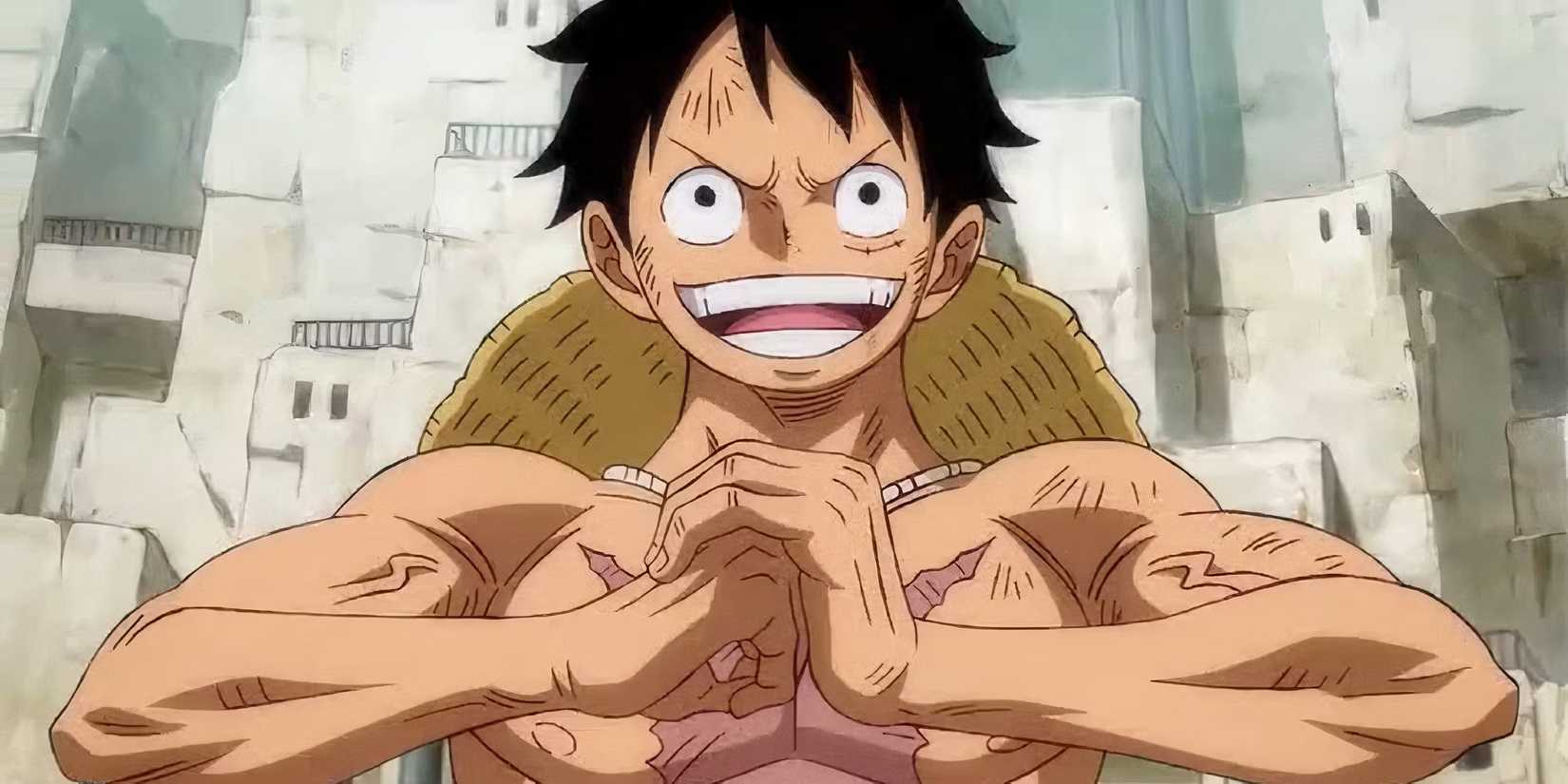When I started getting into anime in my early teens, it was basically impossible to find in the mainstream. I belonged to anime clubs that worked for years to get stores to stock anime media, and for broadcasters to take it seriously.
Today, streaming services like Netflix say that half of their subscribers watch anime, and this unique Japanese export has completely become a mainstream phenomenon. Which, to me, is a clear indication that Disney’s made a huge mistake by abandoning its traditional animation.
The Studio That Forgot Its Roots
Disney built its empire on the back of 2D animation. It advanced the art and made the world take the medium seriously with its feature films. In a somewhat ironic twist, the Japanese animation industry was inspired by the work of Disney. Early anime pioneers such as Osamu Tezuka (of Astro Boy fame) cited Disney’s animated works as inspiration for what we know as anime today.
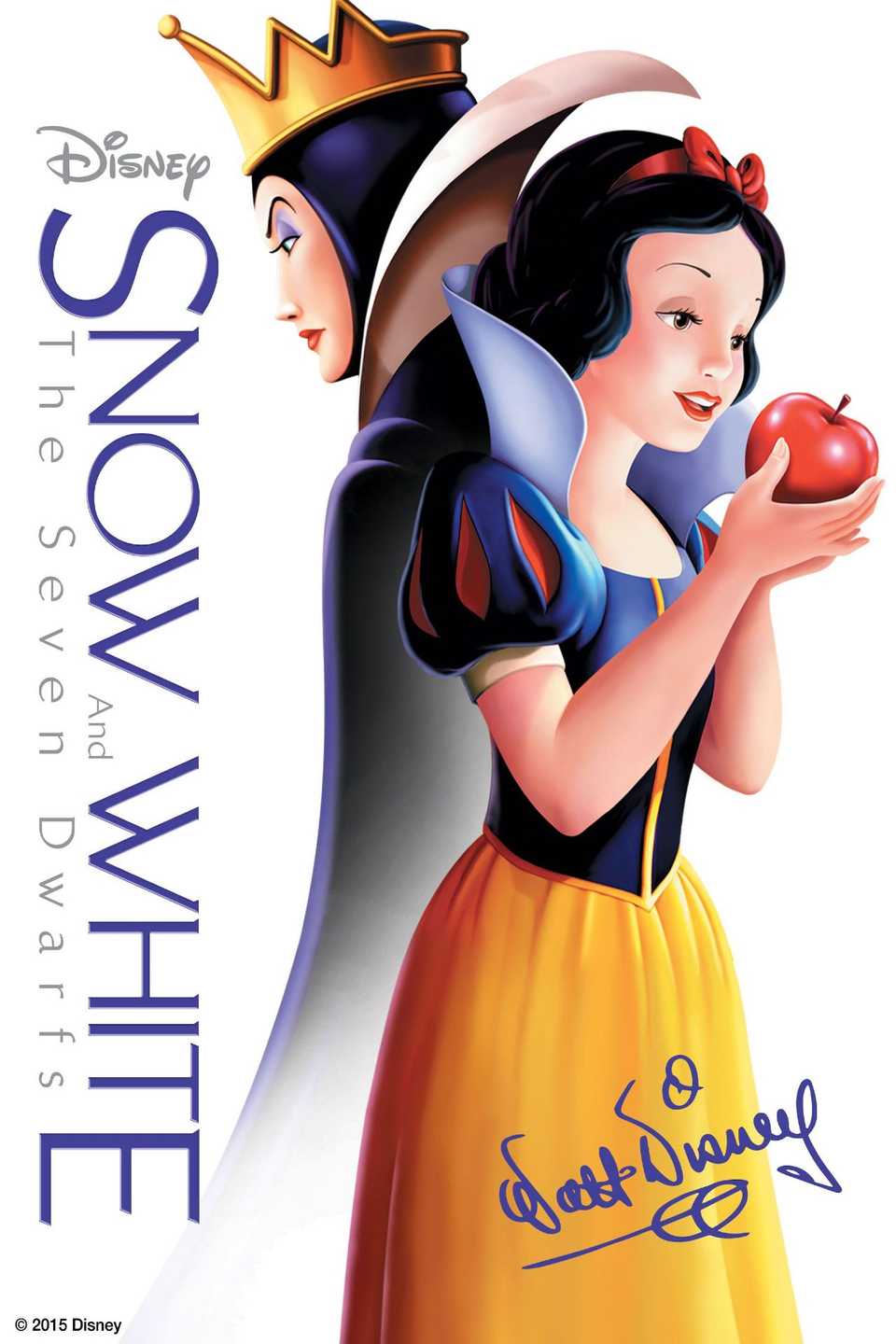
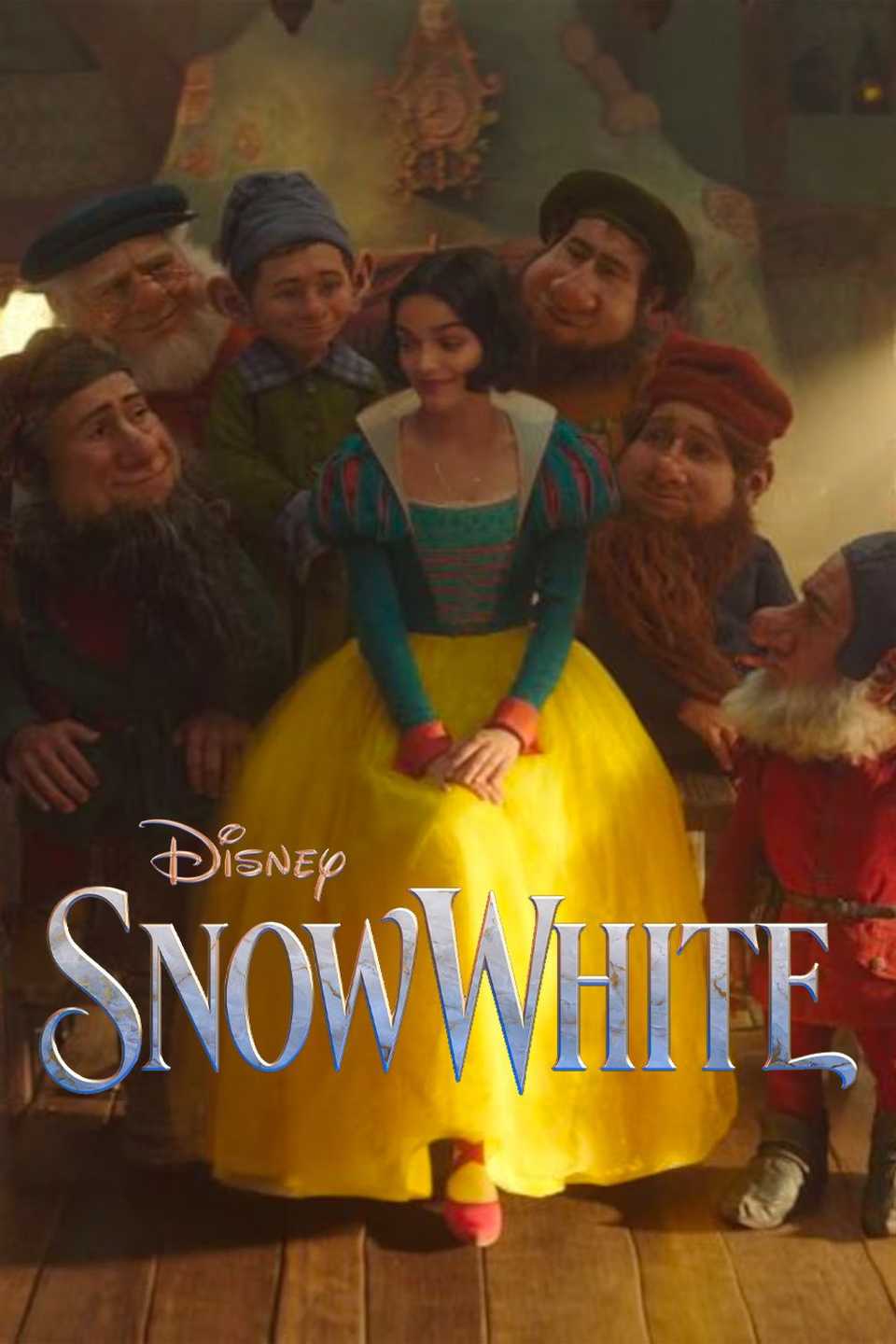
Disney was always pushing the technical envelope too, with early forms of rotoscoping being a key innovation. Then, Disney had a failed attempt to focus on live-action content in addition to animation, though still aimed at families and children. No, not its current obsession with live-action films, but prior to films like Alladin and The Lion King. Yes, that golden age of the 90s for Disney was actually a recovery from an ill-fated attempt to move away from Disney’s strong suite. However, it didn’t work out financially, and so Disney had to pivot back to animation.
Sadly, this didn’t last very long and today every Disney film is a full CG film, or a live-action remake of an animated classic no one asked for. The thing is, although these films are often critically-panned, they’ve generally been a huge financial success. That makes this situation somewhat different from that first failed attempt at being a live-action company prior to the 90s and the great Disney revival.
Anime Filled the Space Disney Left Behind
I don’t know the exact business reasons discussed behind closed that led to the end of 2D animation at the company, but I can imagine it was partly about how labor-intensive 2D animation is compared to CG or live-action production. I also get the sense that, in the United States at least, 2D animation is often thought of as old-fashioned or obsolete. Which might be the same thought-process that gave us all those terrible live-action anime adaptations.
The thing is, when it comes to a particular medium, the idea of “obsolete” doesn’t really apply. Newer genres of music don’t replace older ones, for example. It’s just more or less popular over time. So it’s completely legitimate to say that 2D animation isn’t that popular anymore, and so, because there’s less demand for the product, you’ll scale it down or eliminate it.
The thing is, looking at how the popularity of anime has absolutely exploded in the West, it wasn’t 2D animation itself that people may have been tired of. Clearly, audiences are eager for interesting stories, and 2D animation as a medium lets you tell certain stories in a way that no other format can copy.
Disney’s Miscalculation
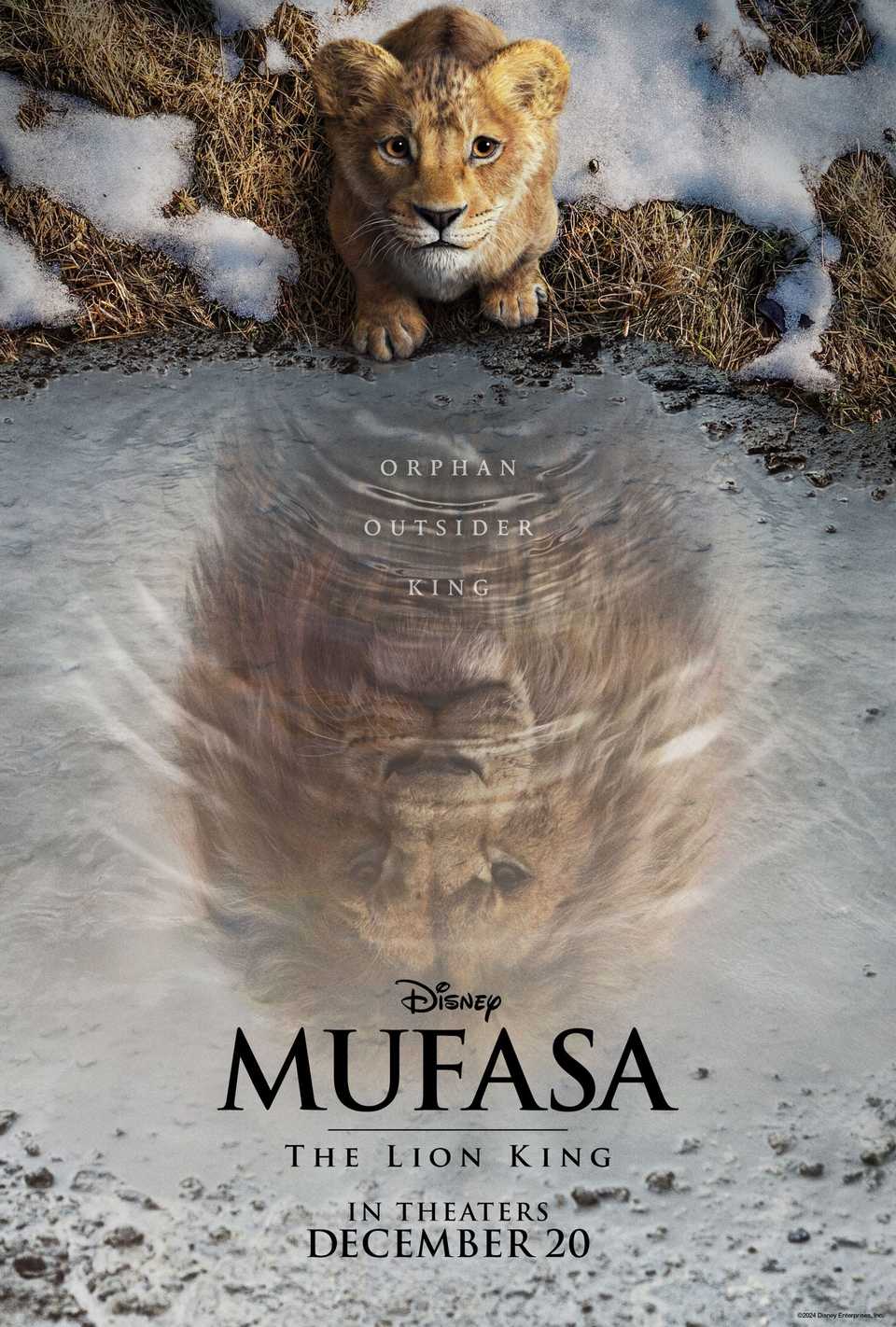
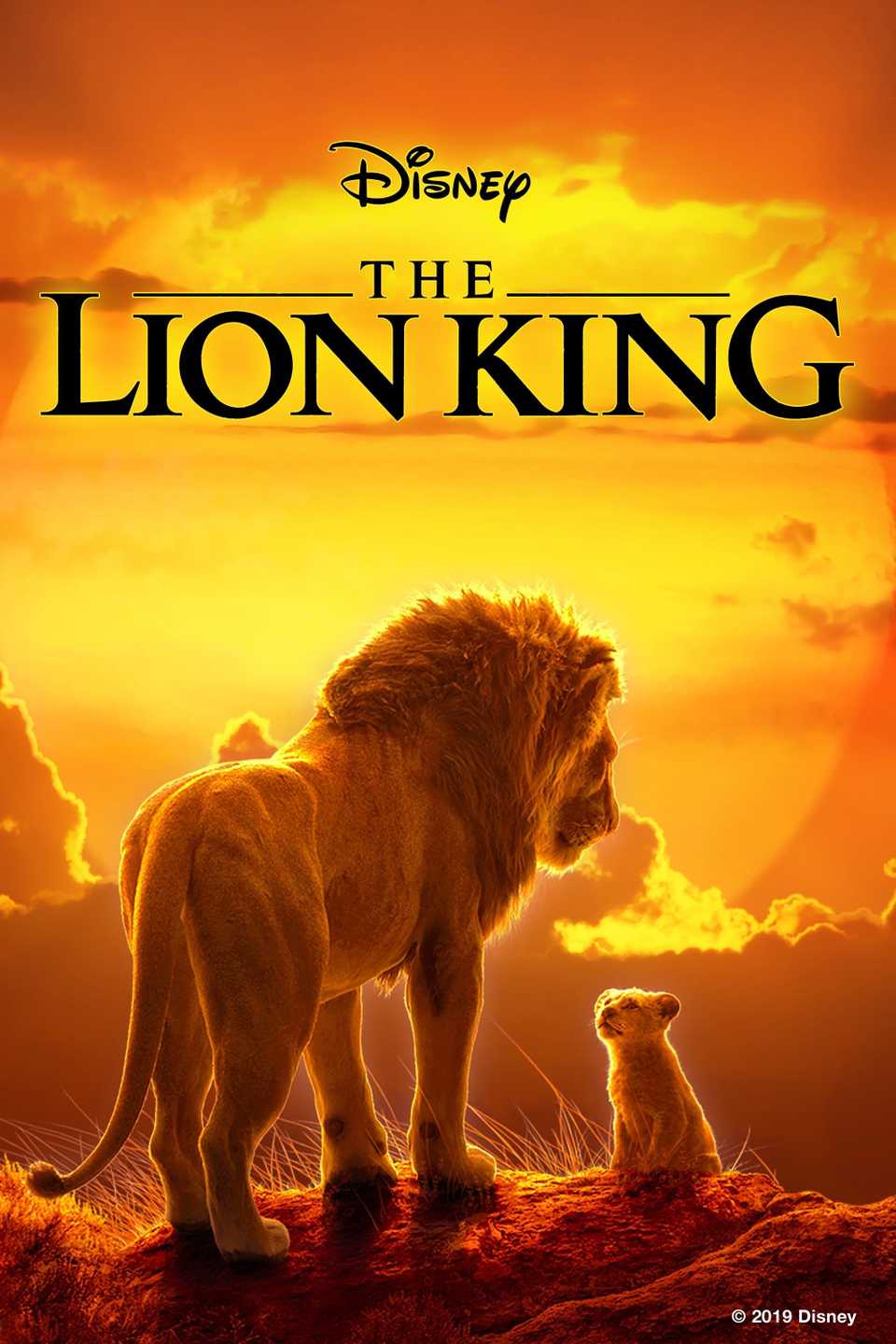
The Demon Slayer: Mugen Train movie has raked in over half a billion Dollars as of this writing, outpacing major big-budget comic book films it shared theaters with. Sure, that’s not the billion-dollar revenue some of these live-action Disney films have pulled in, but it’s hardly what you’d expect from a world that’s seemingly over traditional animation.
What makes it even more of a miscalculation is that Mugen Train was made with a budget of 15.7 million dollars. The fact of the matter is that the same computer technologies that brought us CG animation and CG in live-action movies, have made it easier and faster to produce something that looks like traditional animation. You can make something look entirely like old-school hand-drawn 2D animation, or some hybrid of mediums. Think of Into the Spiderverse as an obvious example.
Anime, and increasingly its Chinese and Korean equivalents, tend to tell a broader range of stories. Animation is treated as a medium and not as genre. So you’ll get everything from children’s shows to mature stories for adults. That’s an area Disney hasn’t ventured into much, and that might actually be part of the key to get US animation from the former king of the medium back in the game. After all, they did release Who Framed Roger Rabbit? under its Touchstone Pictures brand.
Animation’s Future Belongs to the Dreamers Again
The good news is that it seems Disney might be catching on to the fact that losing its 2D animation institutional knowledge might not have been the best idea. In an interview (via the Hindustan Times) Disney Animation Director Jared Bush indicated that Disney wants a diversity of content, and that it has a 2D animation team again.
Whether that means we’ll see more 2D animation work at the level of The Lion King again is anyone’s guess, but I still want to hope that Disney will get back to bringing us some of the best 2D animation features in history.
